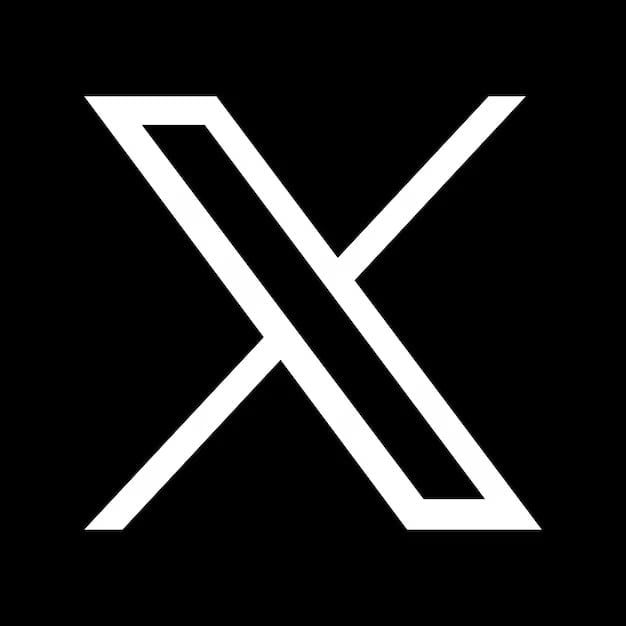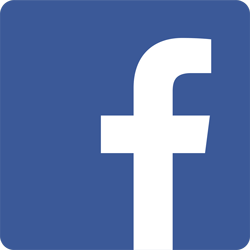MP3 DOWNLOAD SONG
North Korea is renowned for its stringent control over various aspects of daily life, including fashion.
The regime’s regulations extend beyond mere dress codes, reflecting broader efforts to enforce ideological purity and maintain social control.
In this isolated nation, fashion is not just about personal style but also about conformity to the state’s values.
Here are five fashion items banned in North Korea, illustrating how the country’s approach to clothing aligns with its broader political and cultural goals.
1. Short skirts
Short skirts are strictly prohibited in North Korea as part of the government’s campaign to uphold modesty and traditional values. The state enforces a dress code that mandates long, conservative skirts that fall below the knee. This regulation is intended to maintain modesty and prevent the influence of Western fashion trends that might promote more liberal attitudes toward gender and sexuality.
The prohibition of short skirts is a reflection of the government’s desire to control not only fashion but also societal norms and behaviours. By enforcing conservative dress codes, North Korea aims to preserve traditional values and prevent any cultural shifts that could challenge the state’s authority. The ban on short skirts underscores the regime’s broader efforts to impose a uniform standard of modesty and propriety.
2. Logo clothing
Clothing with prominent logos or brand names is banned in North Korea to prevent the display of foreign symbols and commercial brands. The government views branded clothing as a form of capitalist propaganda that could undermine state ideology and promote materialism. By restricting such items, the regime seeks to control the influence of Western consumer culture and maintain ideological purity.
The ban on logo clothing helps ensure that fashion remains aligned with state-approved norms and prevents the emergence of any external commercial influences. This policy is part of a broader strategy to suppress alternative cultural influences and reinforce the principles of self-reliance and collective identity. By avoiding branded clothing, North Koreans are kept in line with the state’s vision of uniformity and ideological conformity.
3. High heels
High heels are another fashion item restricted in North Korea. The prohibition is related to the government’s emphasis on practicality and uniformity in dress. High heels, often associated with Western fashion and femininity, are considered impractical and potentially disruptive to the country’s emphasis on functional and modest attire.
The restriction on high heels also ties into the regime’s commitment to minimising distinctions based on appearance or fashion. In a society where social and economic inequalities are tightly controlled, high heels could symbolise luxury and status, which the government seeks to downplay. Banning high heels helps reinforce a sense of egalitarianism and prevents the emergence of fashion-based hierarchies.
4. Flashy clothing
Brightly coloured or flashy clothing is heavily regulated in North Korea, where the focus is on subdued and uniform attire. The government restricts bright colours and flashy, glittery designs to prevent any form of individual expression that might attract attention or suggest deviation from state-approved norms. Preferred colours in North Korean fashion are typically muted tones such as dark blue, grey, and brown.
The restriction on bright and flashy clothing serves multiple purposes. It maintains a sense of uniformity and discipline among the population, discouraging any self-expression that could be seen as challenging state authority. Additionally, this policy reflects the regime’s desire to prevent the rise of subcultures or trends that could diverge from state values and aesthetics.
5. Jeans
Denim jeans, a global fashion staple, are banned in North Korea as a symbol of Western influence and capitalist culture. The regime views jeans as emblematic of Western consumerism, which it perceives as a threat to its socialist ideology. By prohibiting jeans, the government aims to curb Western cultural influences and reinforce its own political and cultural identity.
The ban on jeans is more than just a fashion restriction; it is a statement against the influence of Western capitalism. Jeans, often associated with casualness and freedom, represent values that conflict with the state’s efforts to maintain strict control over cultural and ideological expression. By disallowing denim, North Korea seeks to prevent the spread of individualism and rebellion, preserving its own form of ideological purity.
Controlled by state
Fashion in North Korea is tightly controlled by the state, reflecting broader efforts to enforce ideological conformity and suppress external influences. The bans on short skirts, logo clothing, high heels, brightly coloured or flashy attire, and jeans illustrate the regime’s commitment to maintaining a uniform appearance among its citizens and preventing the infiltration of Western cultural values. These restrictions are not merely about fashion but about upholding the state’s control over its population and reinforcing its ideological stance.
In contrast to the global emphasis on personal freedom and self-expression through fashion, North Korea’s regulations highlight the stark difference in how clothing is perceived and controlled in this isolated country. Understanding these fashion bans provides insight into the broader dynamics of state control and individual expression within one of the world’s most tightly regulated societies.
Last updated on April 1st, 2025 at 07:18 am














 Share on WhatsApp
Share on WhatsApp
 Share on Twitter
Share on Twitter
 Share on Facebook
Share on Facebook
















Be the first to comment